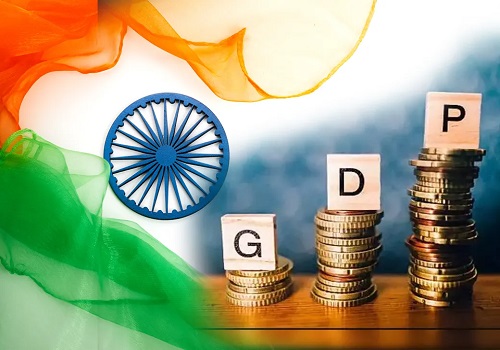Kotak Institutional Equities - Strategy: What does 100X P/E mean?

What does 100X P/E mean?
The benevolence and/or complacency of market participants have resulted in a large number of stocks trading at astronomically high levels. Investors may want to get a handle on the market size implied by such high multiples. A 100X P/E essentially implies earnings growing at the rate of cost of equity over 100 years or at much higher growth rates over a shorter period of time.
Astronomical valuations being ascribed to higher number of stocks
The Indian equity market appears to be fairly benevolent or complacent with basic issues such as market size and profitability being sidelined, given its obsession with narratives. Valuation methodologies have low or no linkage to fundamentals, which makes high multiples palatable, no matter how outrageous the implied math for underlying parameters becomes at higher multiples. The current benign mood has resulted in much higher number of high P/E companies currently compared with history. Exhibit 1 shows the number of Indian stocks that have been trading above 50X and 100X each year in the past decade on a one-year forward basis. Even ignoring ‘young’ companies in ‘young’ industries, the number is very high. It is interesting to see that several such high P/E companies are in ‘traditional’ sectors, which face massive disruption risks.
100X P/E = 83,000X earnings in the 100th year
A simple but stark way to appreciate a P/E multiple is that the P/E multiple is the number of years a company will have to grow its earnings at the current cost of equity (ignoring terminal value). Thus, a stock trading at 100X P/E would theoretically need to compound its earnings (FCFE) at the rate of cost of equity over 100 years. Thus, such a company will need to deliver 10,000X-83,000X current earnings in the 100th year, depending on the cost of equity (see Exhibit 2). Ceteris paribus, the sector will need to expand by a similar quantum.
100X P/E requires higher earnings CAGR for shorter growth phases
Companies will require sharper and higher growth rates over a shorter period to justify very high P/Es. A 100X P/E company, which may be in the growth phase over the next 40 years, will need to report an earnings CAGR of 20% over the next 20 years and 9% CAGR over the subsequent 20, according to our simplistic DCF model (see Exhibit 3). If the industry’s growth phase were to be shortened by 20 years, required growth rates will be even higher (see Exhibit 4). Even if we assume (1) stable market structure and (2) stable profitability, the particular sector will then require becoming 200X in the first scenario and 30X in the second one. Only a few sunrise sectors may pass this small test!
Current profitability is already elevated, even as competition is ramping up
We note that many sectors and stocks enjoy very high profitability and returns, which are unlikely to last beyond the next 5-10 years, as forces of disruption have strengthened across sectors (see Exhibits 5-6). The implied market size would need to be even higher in case profitability were to decline from current elevated levels. The latter is extremely likely, the former is unlikely.
Above views are of the author and not of the website kindly read disclaimer










Tag News

Softening of inflation to provide substantial boost to households, businesses












